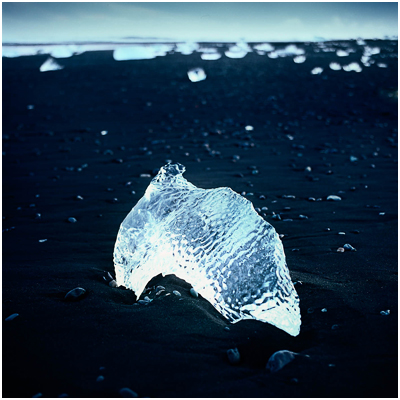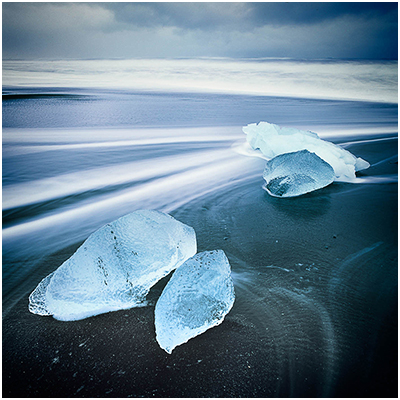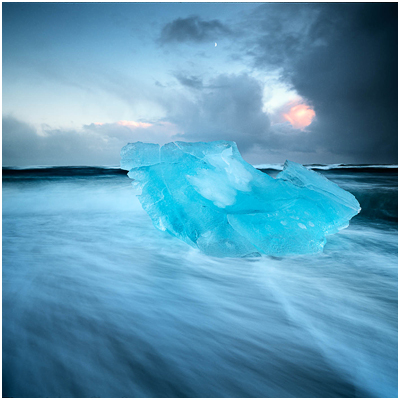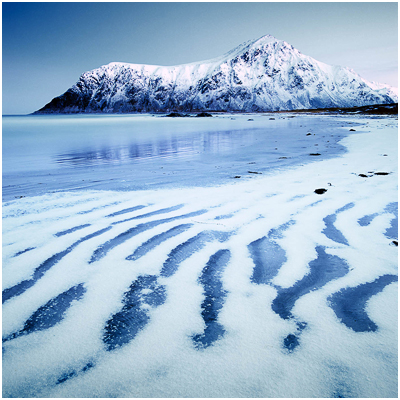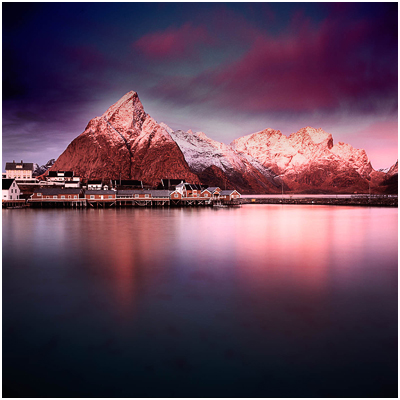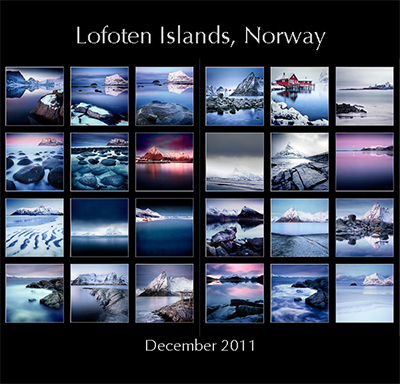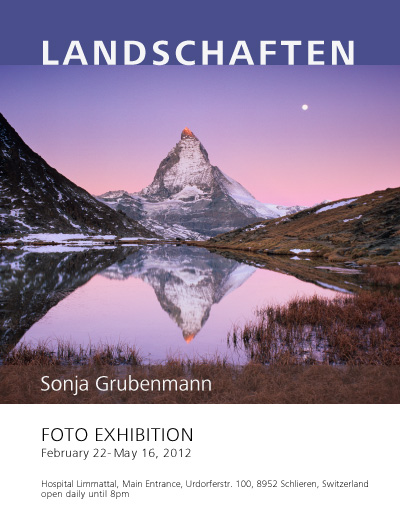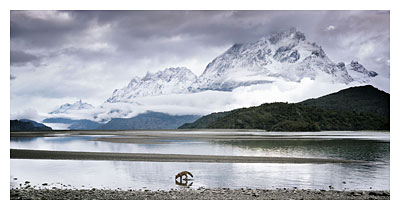Pareidolia:
"a psychological phenomenon involving a vague and random stimulus (often an image or sound) being perceived as significant"
- Wikipedia.

Following on my post a few days ago, where I described how I like to abstract a scene into some meaningful story (in this case, I let my imagination interpret a piece of ice on the shore as an animal that was attempting to reach the water), I'd like to discuss another image I shot whilst in Iceland this January.
I'm always seeing faces in clouds, in stones or in abstract patterns. It actually has a name - pareidolia. Pareidolia is slightly different from anthropomorphism (my friend Mike Green wrote a really nice article about it on his blog, which you might care to read). Pareidolia is described in wikipedia as 'a psychological phenomenon involving a vague and random stimulus (often an image or sound) being perceived as significant'.
I think most of my image making I would identify with as a reaction to 'perceiving something as significant'.
I'm sure on a subconscious level, I see shapes and patterns that work to make good compositions, and I also see the shapes of animals in static objects such as stones, clouds on in the case of the image above - ice. When I made the image above, I wasn't really aware of the ice-walrus playing with the ice-beach-ball. I was just attracted to the scene as 'something significant', and it's that essence I feel, that is at the heart of most image making. We have to feel that what we are shooting has resonance .
Again, I'm wondering how much psychology is involved as a deep undercurrent to my image making decisions. Am I directing the camera, or is there something deep within my mind, directing me?
As I said a few days ago, I like to make up little stories about objects I find in a landscape. by doing so, I'm able to work with them more closely and understand how they live within the landscape. I don't simply choose any old rock, because 'it will do', I choose one, because it has a character - because it has directed me to do so.
I think that this is all very obvious, but through my workshops, I'm aware that others simply don't feel these things or see them.
By being able to feel something significant in the landscape, and let it take on a persona that we can relate to, I think we are practicing a form of pareidolia. We must be able to lose ourselves in a dream world and let things be conveyed in a less than literal way. It is part of the creative path.

